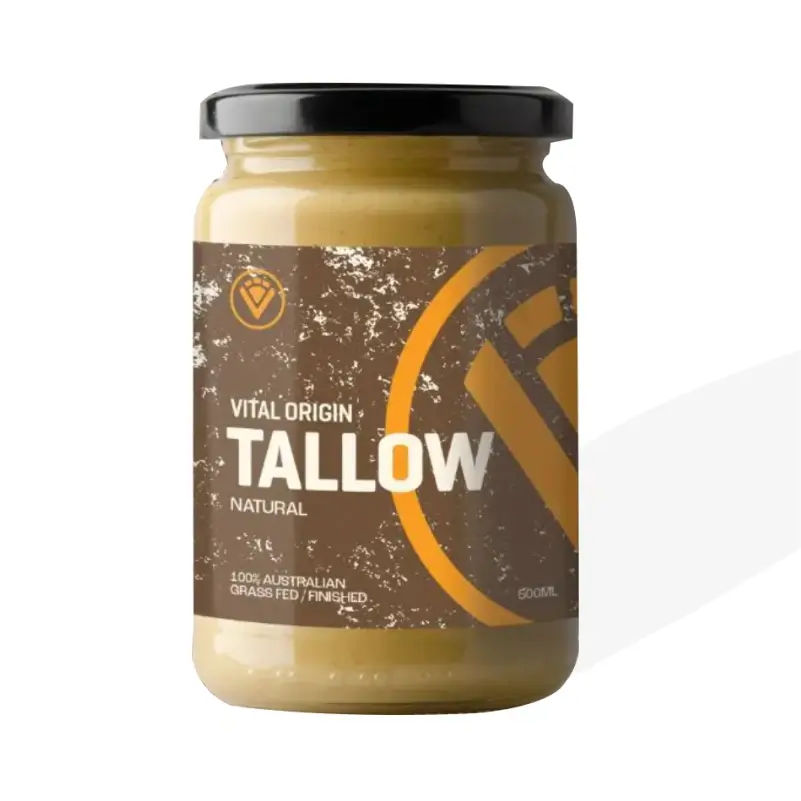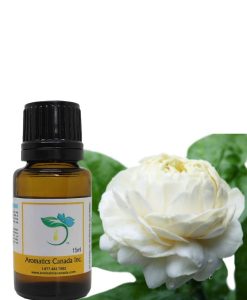In recent years, there’s been a major shift in how people think about dietary fats. Once unfairly blamed for health issues, fats are now recognized as essential nutrients that support energy, hormone balance, and even brain function. However, not all fats are created equal. The key to better health lies in knowing which cooking fats to use and which to avoid. This guide explores how to select high-quality fats that nourish your body while enhancing the flavor of your meals.
Understanding the Role of Fats in Your Diet
Fats play an essential role in maintaining a healthy body they provide long-lasting energy, support brain function, and help absorb vital nutrients such as vitamins A, D, E, and K. There are three main categories of fats: saturated, monounsaturated, and polyunsaturated.
Saturated fats, like those found in butter and tallow, are stable under heat, making them ideal for cooking. Monounsaturated fats, such as olive oil and avocado oil, help promote heart health, while polyunsaturated fats, including omega-3s, support inflammation control. However, not all sources of these fats are beneficial. For example, animal based supplements is a rich source of natural, unprocessed fat that offers a perfect balance of nutrients and cooking stability, unlike refined seed oils often found in processed foods.
Avoiding Processed and Refined Oils
One of the biggest mistakes many people make in the kitchen is relying on refined vegetable oils like canola, sunflower, or soybean oil. These industrial oils are extracted at high temperatures and often involve chemical solvents, which strip away nutrients and create harmful compounds. When heated, they oxidize quickly, releasing toxins and contributing to inflammation in the body.
Instead, opt for natural fats that have been used for centuries such as olive oil, coconut oil, butter, and animal fats. These options are minimally processed, heat-stable, and far healthier. By making this simple swap, you can improve not just your overall well-being but also the taste and texture of your meals.
Benefits of Using Natural Animal Fats
Natural animal fats have made a comeback in modern kitchens and for good reason. Unlike refined oils, they are rich in fat-soluble vitamins and healthy fatty acids. For example, tallow and lard are traditional fats that offer deep flavor and exceptional cooking performance. They can handle high temperatures without breaking down, making them perfect for frying or roasting.
Animal fats also contain conjugated linoleic acid (CLA), a compound associated with improved heart health and fat metabolism. Furthermore, these fats help the body absorb vitamins more efficiently. By incorporating them into your cooking, you’re returning to a traditional, nutrient-dense way of eating that modern diets have often overlooked.
Choosing the Right Fat for Different Cooking Methods
Not every fat performs the same way when exposed to heat. Knowing which fat to use for specific cooking techniques can make a big difference in flavor and nutritional quality. For example:
-
Frying or roasting: Beef tallow and ghee are excellent due to their high smoke points.
-
Baking: Butter or coconut oil adds moisture and depth of flavor.
-
Sautéing: Olive oil and avocado oil are ideal for light cooking or drizzling over finished dishes.
Midway through your cooking journey, it’s worth noting that options like grass fed beef tallow australia stand out for their superior stability and nutrient profile. Using the right fat not only enhances your meal’s taste but also protects your body from harmful oxidation that occurs with inferior oils.
How to Identify Quality Cooking Fats
When shopping for cooking fats, it’s easy to get misled by marketing buzzwords. Always read the ingredient label and look for key terms such as “cold-pressed,” “unrefined,” “organic,” or “grass-fed.” These labels indicate minimal processing and higher nutrient content.
Color and texture also reveal quality pure butter has a rich yellow hue, while unrefined oils may appear cloudy due to natural compounds. Another tip is to avoid products with preservatives or artificial additives. Locally sourced options, especially from trusted farms, tend to offer better quality and traceability. When it comes to premium options, products like grass fed beef tallow australia provide assurance of purity, ethical sourcing, and high nutritional standards.
Incorporating Healthy Fats into Everyday Meals
Transitioning to healthier fats doesn’t require drastic changes. Start small by replacing margarine with real butter or swapping vegetable oil for tallow or olive oil. Add avocado slices to your breakfast, cook eggs in ghee, or roast vegetables in beef tallow for a nutrient-dense boost.
Healthy fats not only improve the flavor and texture of your meals but also enhance satiety helping you stay full longer and reducing unhealthy cravings. Over time, these small adjustments can lead to better metabolic health, improved digestion, and enhanced energy levels.
Conclusion
Choosing high-quality cooking fats is one of the simplest yet most effective ways to improve your health. By understanding the difference between natural and refined fats, you can make smarter choices in the kitchen. Prioritizing whole, minimally processed options like olive oil, butter, and tallow supports your body’s nutrient needs while keeping your meals flavorful and satisfying.
Healthy fats are not the enemy they’re an essential component of a balanced diet. Make them a staple in your daily cooking, and you’ll experience noticeable improvements in energy, well-being, and overall health.



